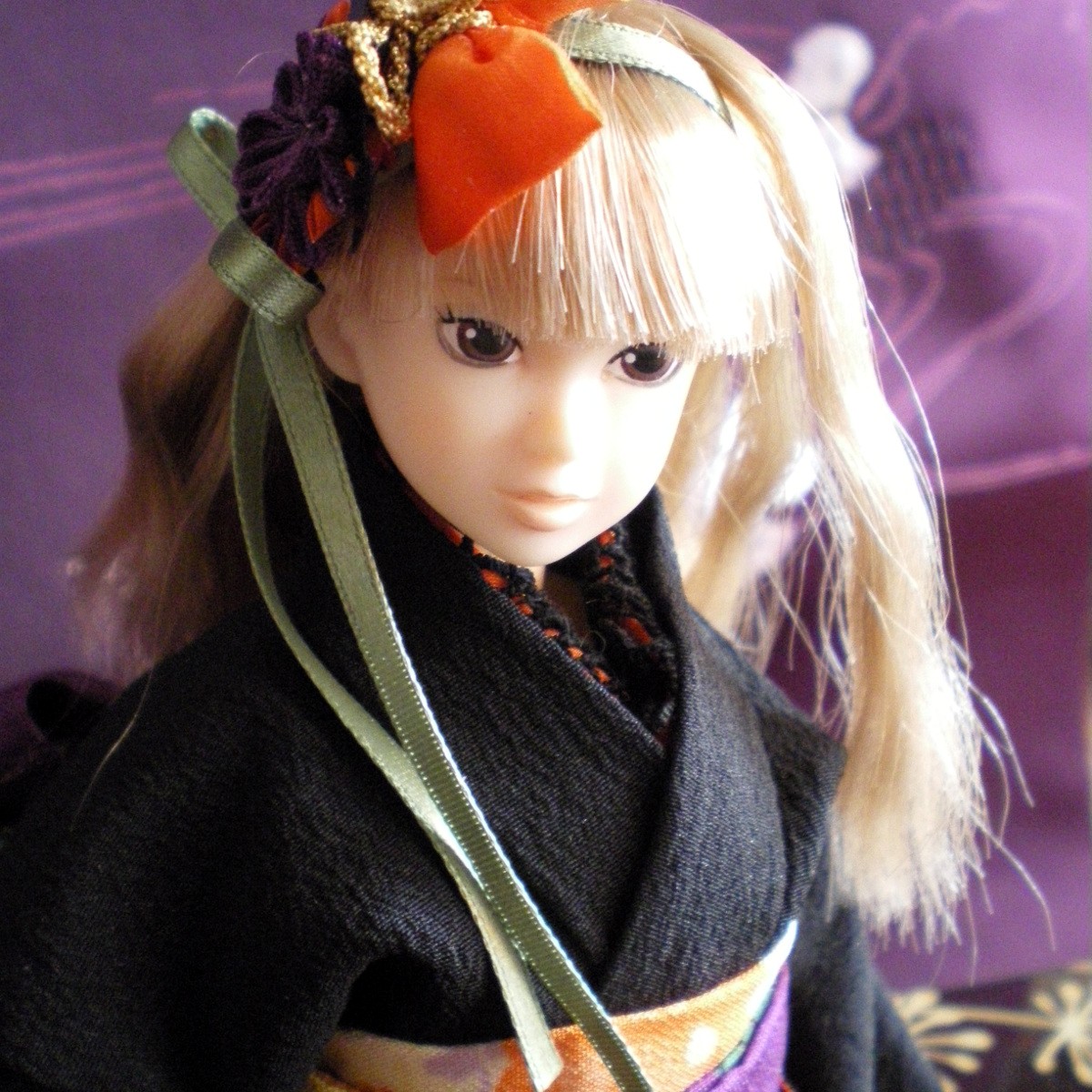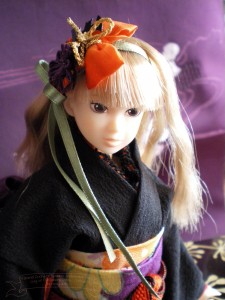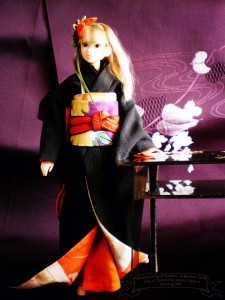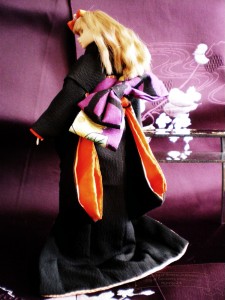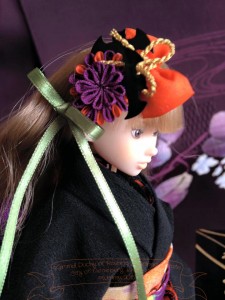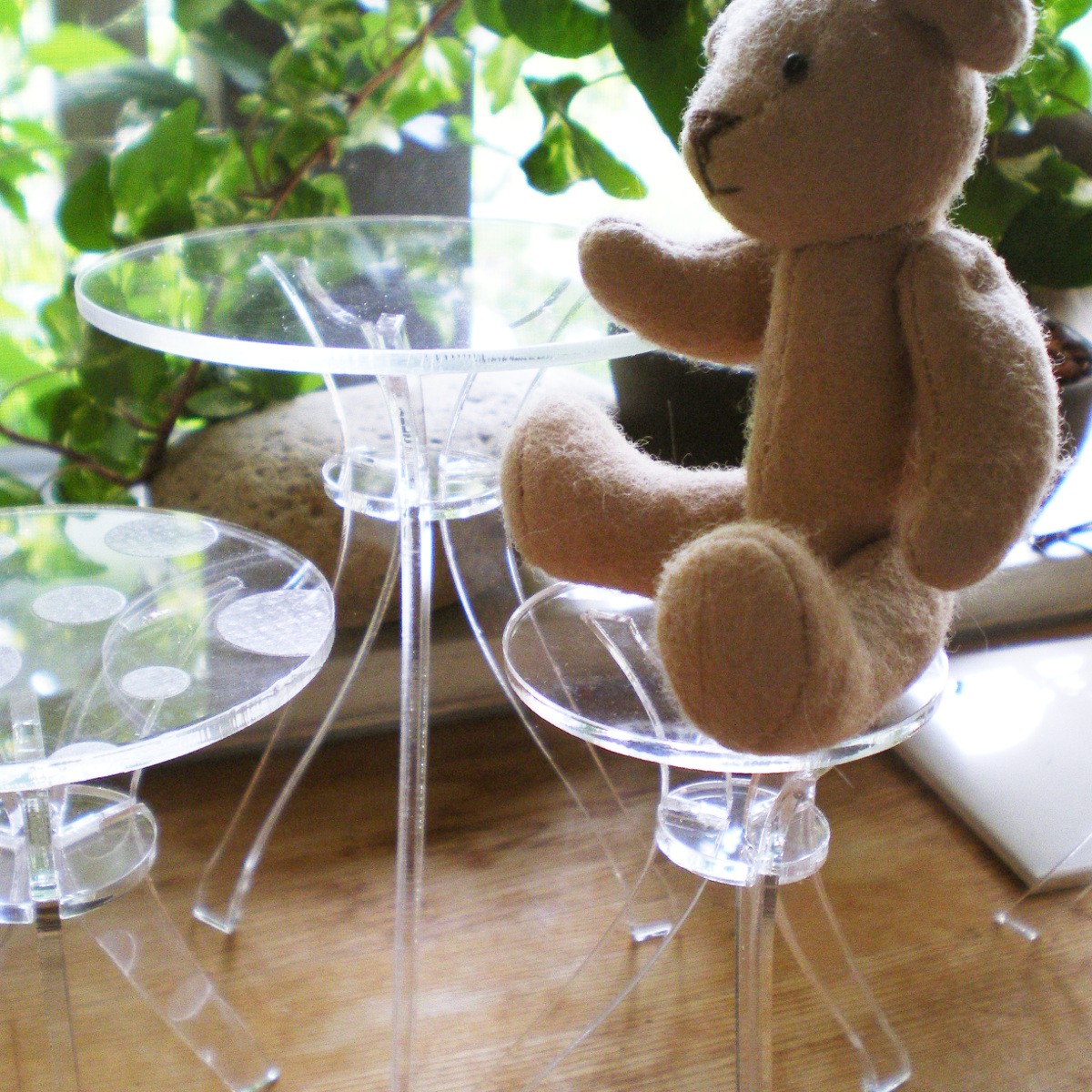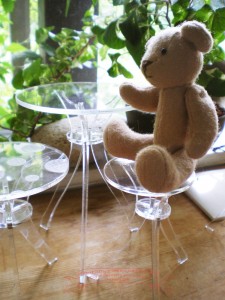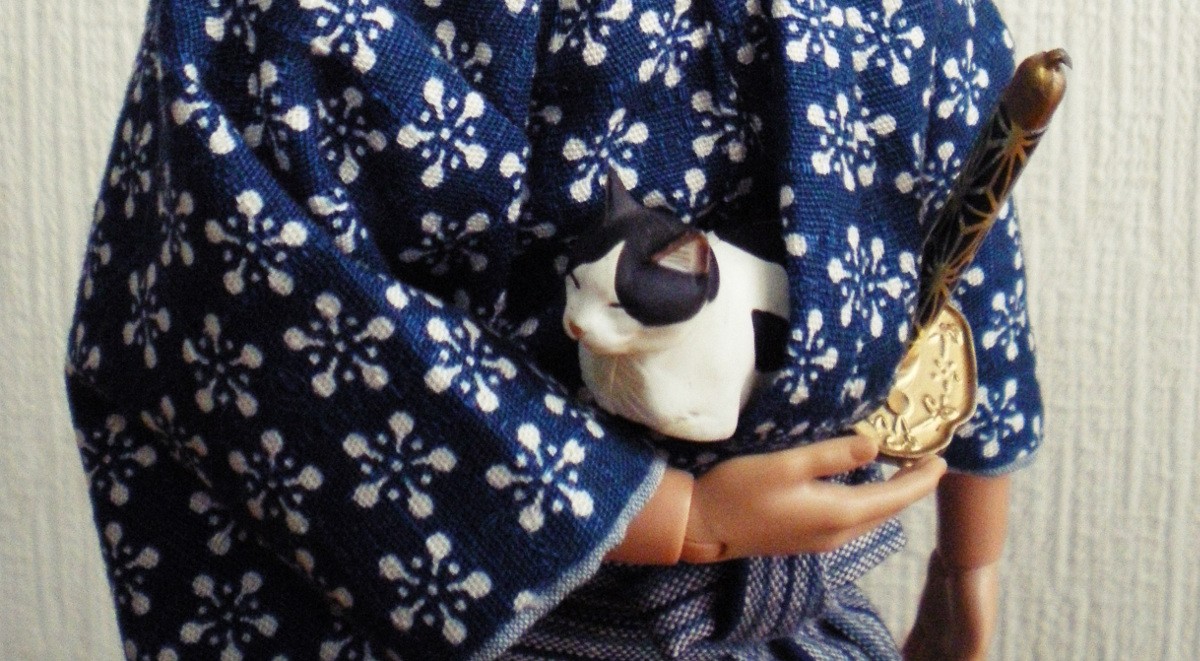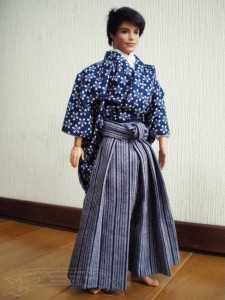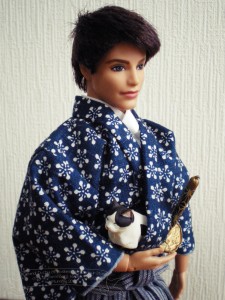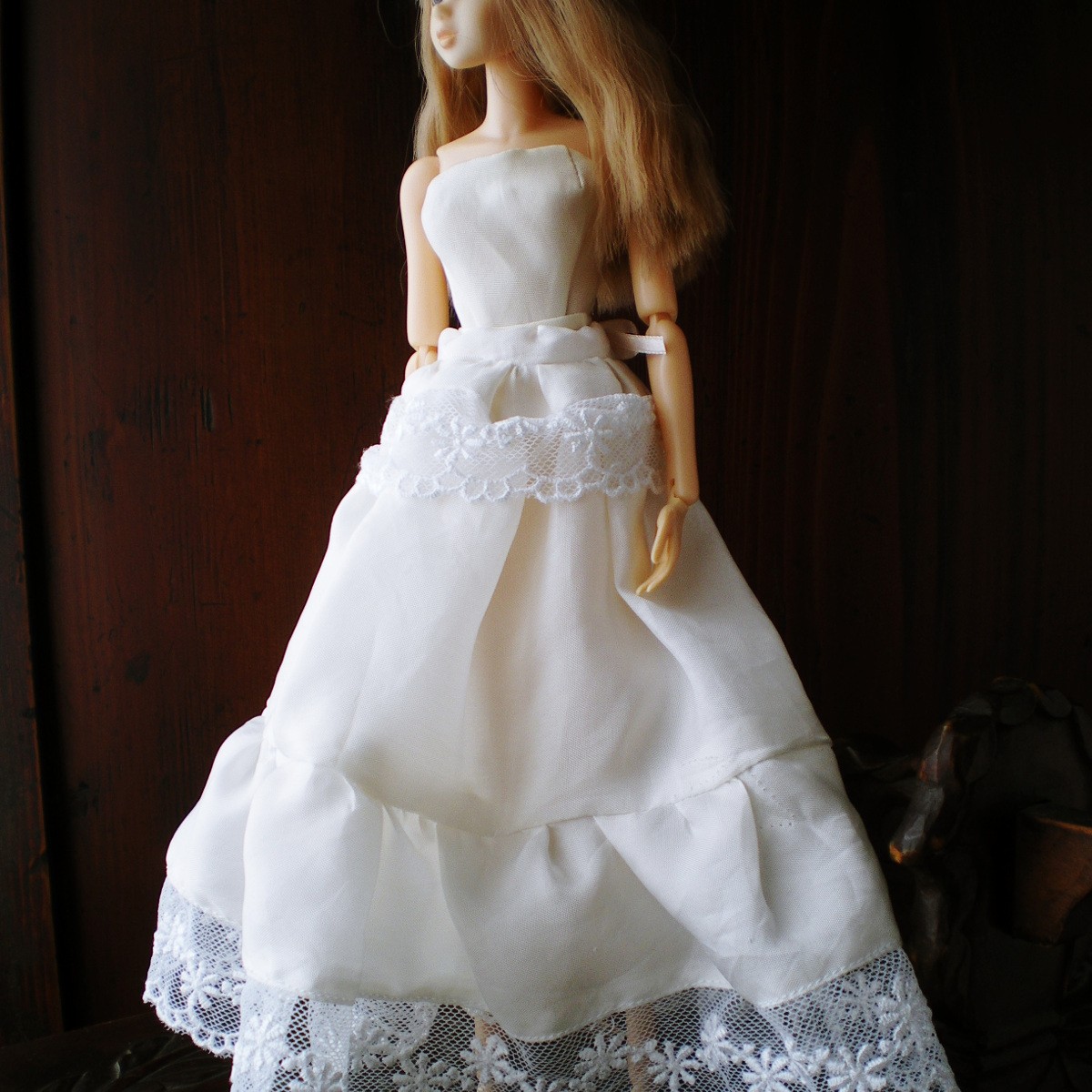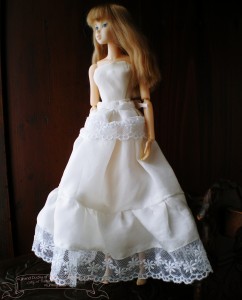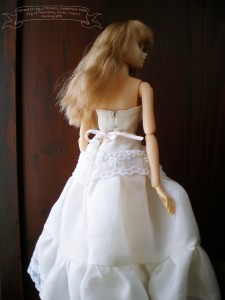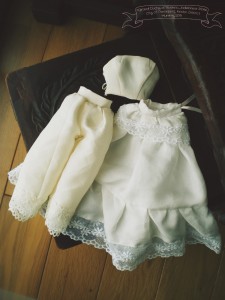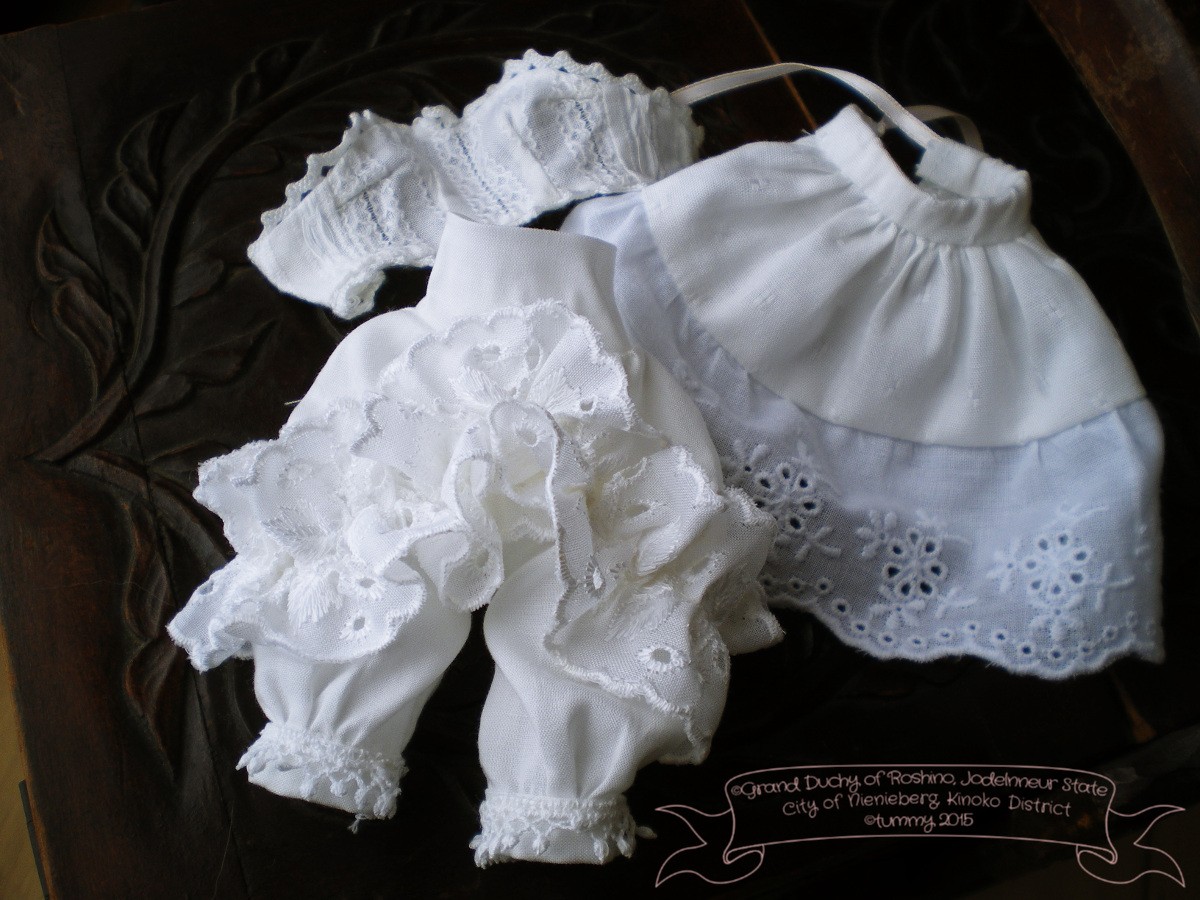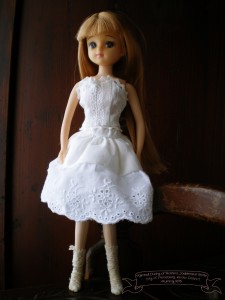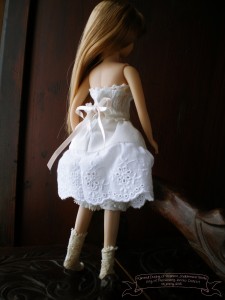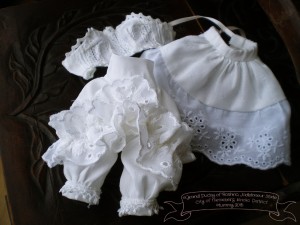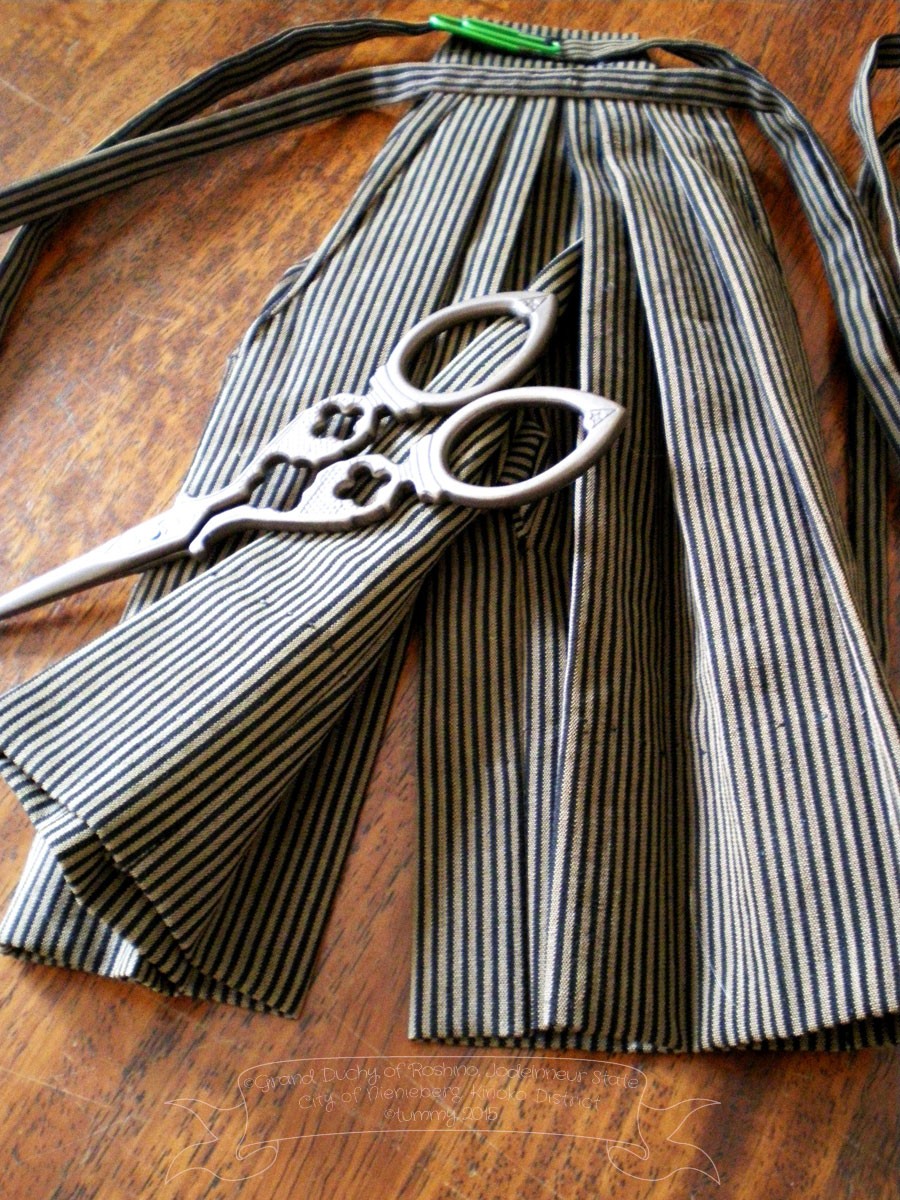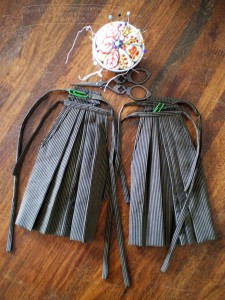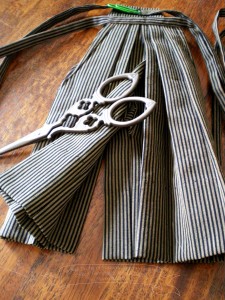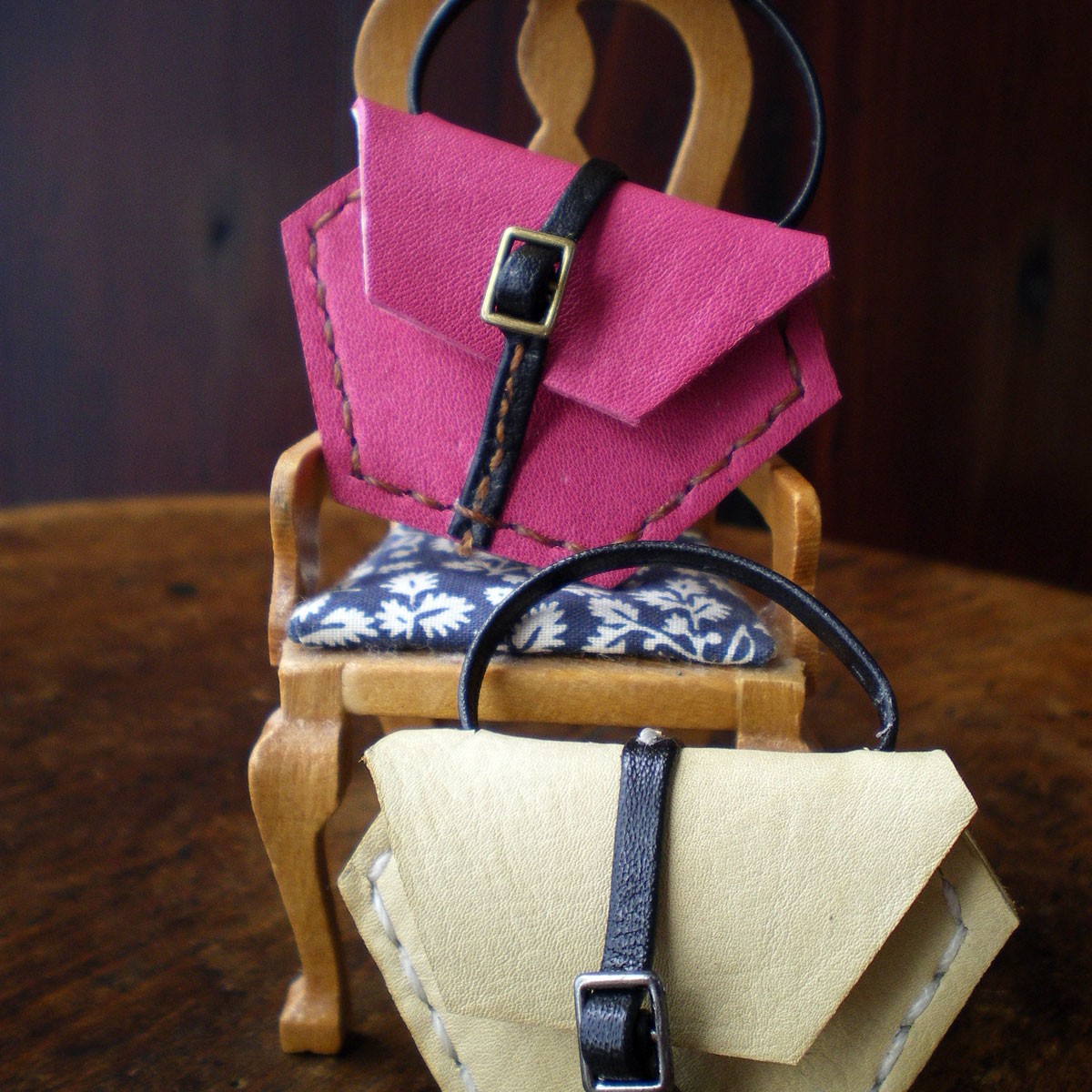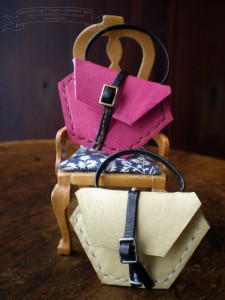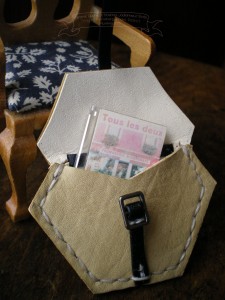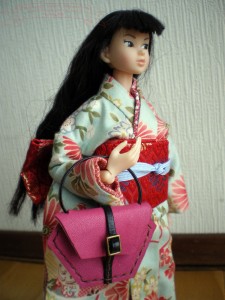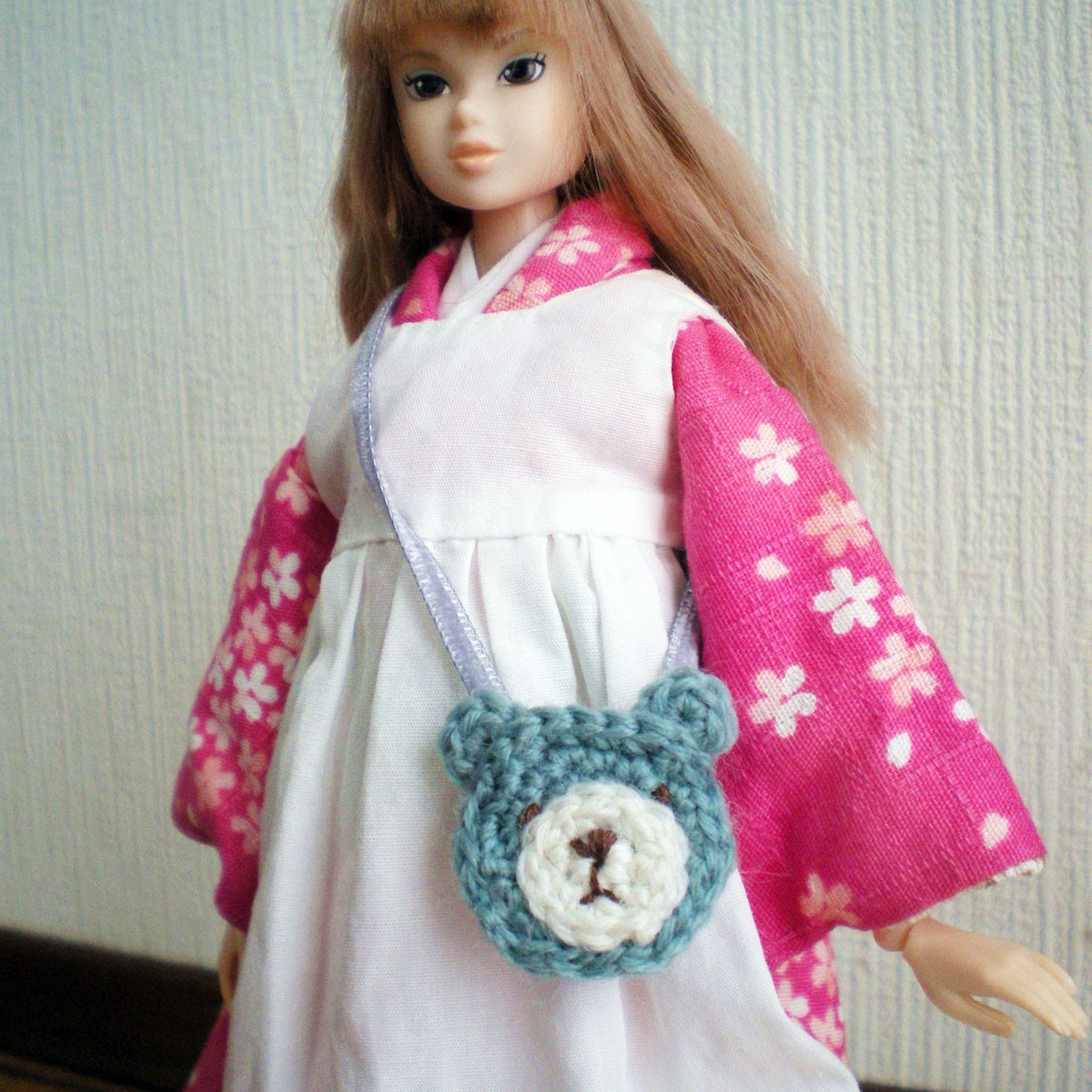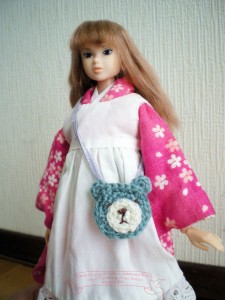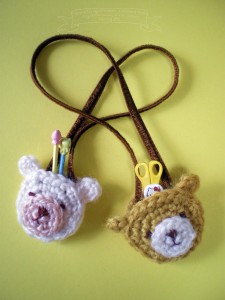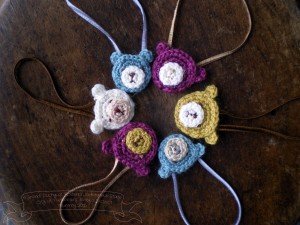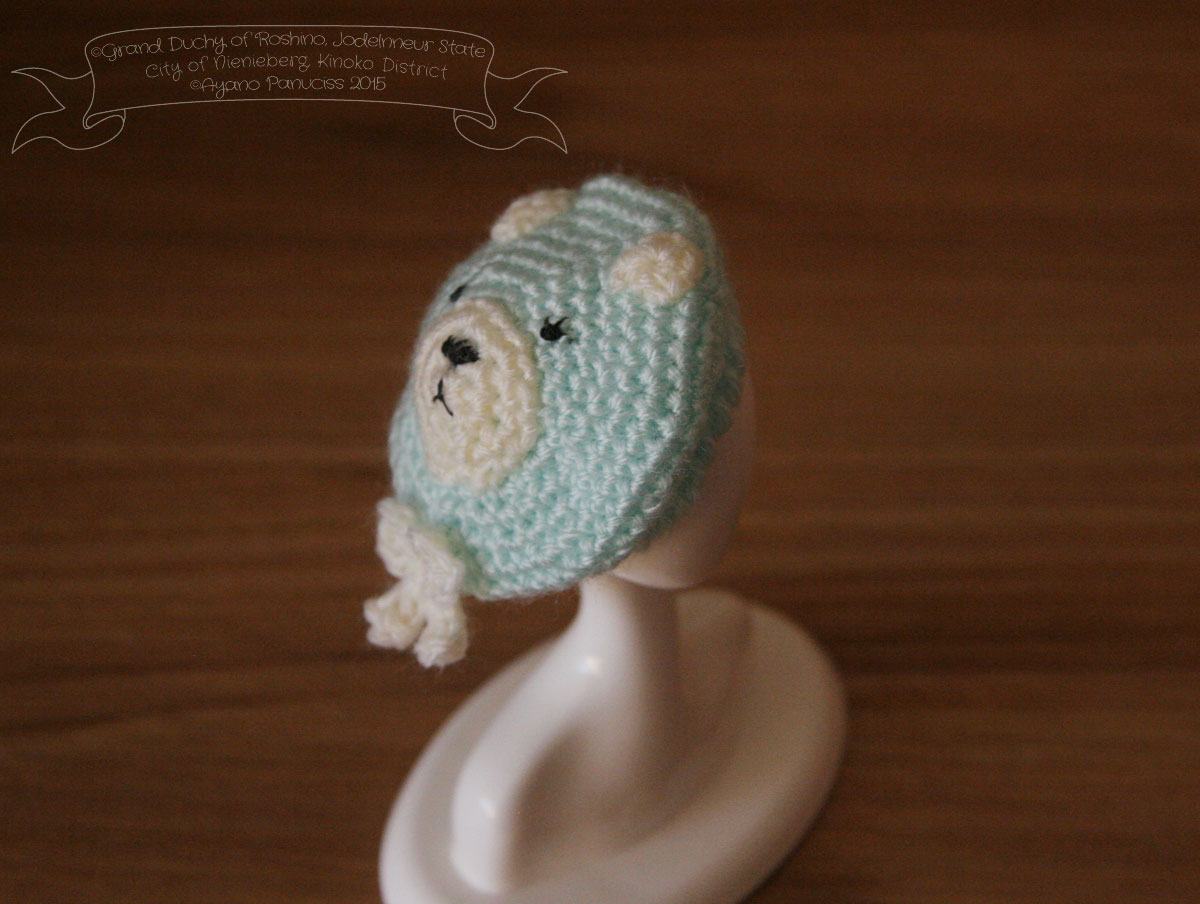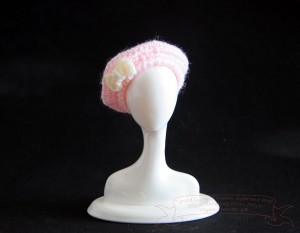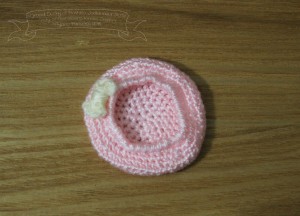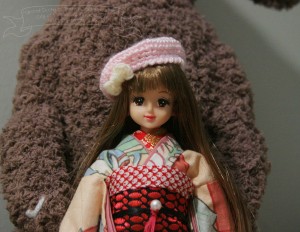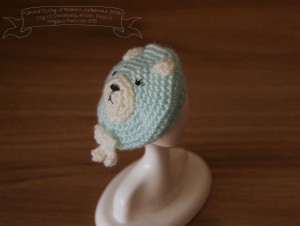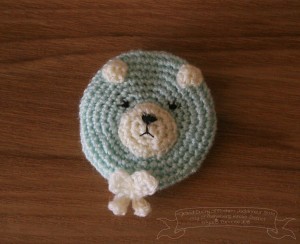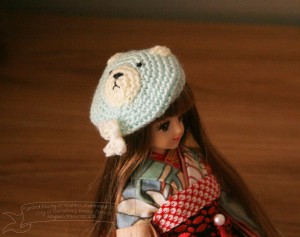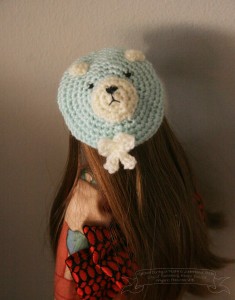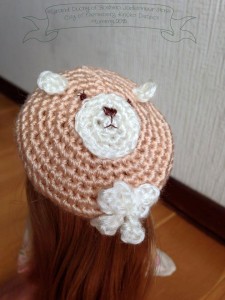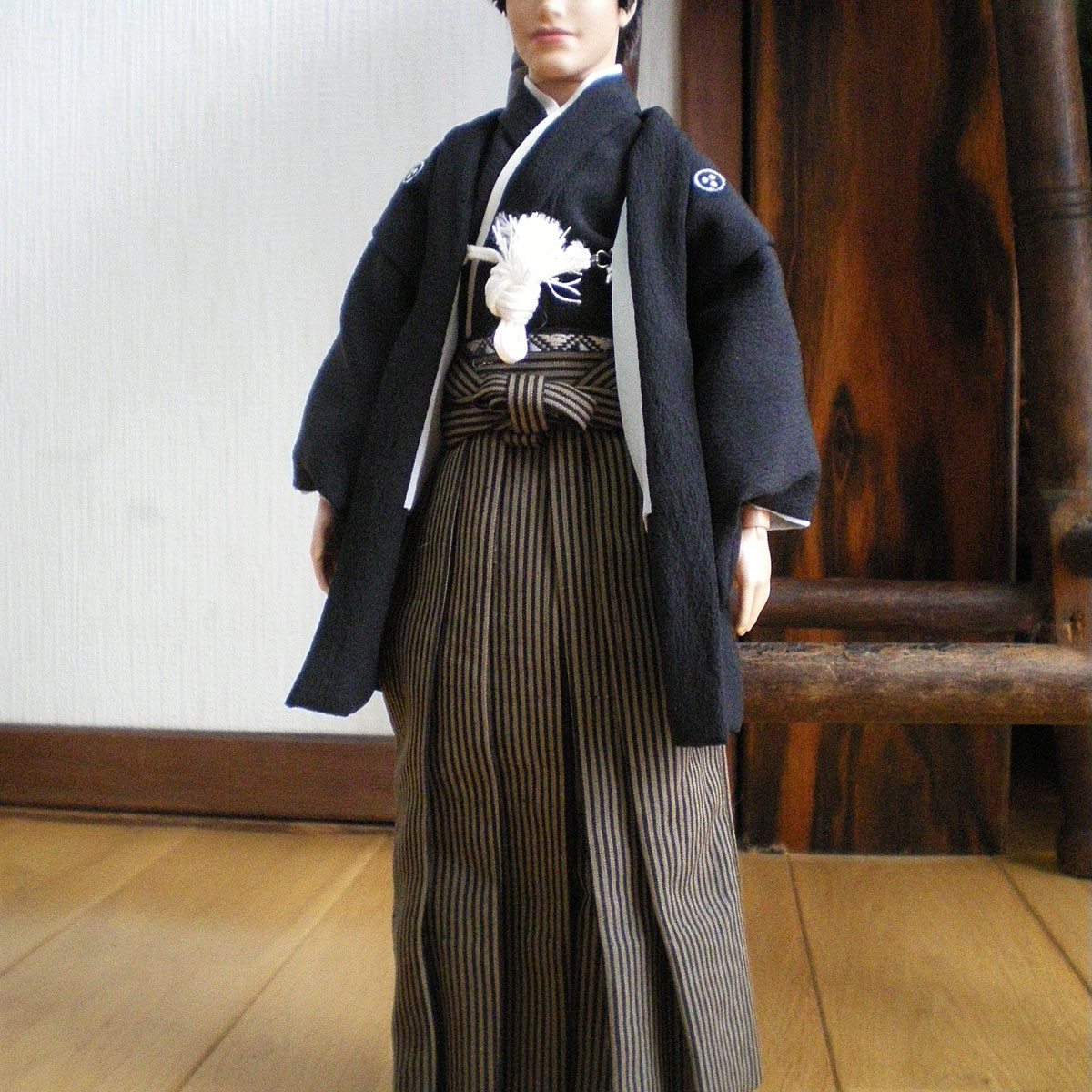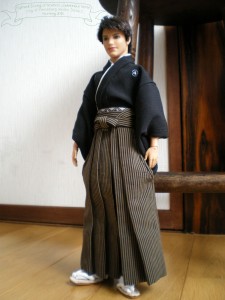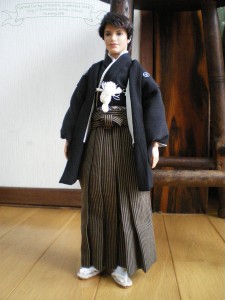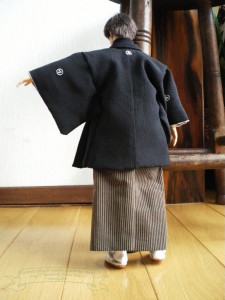Grand Duchy of Roshino, Jodelnneur State, City of Nienieberg, Kinoko District
ロシーノ大公国ヨーデルヌール州ニーニーベルグ市きのこ地区
Momoko doll’s Lingerie Set momokoドールのランジェリーセット
素材は着物の裏に使われていた絹(羽二重)です。
Here is a momoko doll’s lingerie set that I recently made.
Materials: mainly habutae silk (very fine Japanese silk)
which was used for the lining of the kimono.
There are buttons and loops
to fasten the bustier at the back.
The set consists of: bustier, long drawers, and full-length petticoat.
Hakama for 1/6 size dolls 1/6サイズドール用の馬乗り袴
お人形用の袴です。
Hakama for dolls.
足を入れる部分が二つに分かれている馬乗り袴があります。
There is two types of men’s hakama: one is called “Andon hakama”
which is a skirt-type (undivided), and the other
called “Umanori hakama” which is for horse-riding (divided legs).
襞の畳み方が左右対称ではないところが特徴です。
Umanori hakama is more masculine, so to speak.
It has a distinctive arrangement of pleats, that is asymmetrical.
Doll’s crochet beret 1/6サイズドールのかぎ編みベレー帽
これはリボンがついたものです。
I made 2 types of crochet berets for 1/6 size dolls.
This one has a bow.
It looks good that its bow in front, side, or even back.
This one is a bear beret.
It is very cute one.
リカちゃんにも似合います。
こちらは耳が一カ所だけ縫い付けられていますので
耳がたっています。
Made by tummy.
It looks good on Ricca-chan, too.
This one has its ears standing since only partial
perimeter is sewn into the beret.
Doll’s Kimono Montsuki Hakama 1/6サイズドール 紋付袴
着物と羽織の両胸と背中、両袖の後ろに紋が入ります。
これを「五つ紋」といいます。
長着に袴をつけます。
I made a kimono and hakama ensemble with family crests for 1/6 size doll.
It’s Japanese man’s formal attire.
Its kimono and haori have family crests on both sides of chest, back, and back of the sleeves.
They are called “Itsutsumon”, meaning five family crests.
First, put nagagi (ankle-length kimono) and hakama.
Then wear a haori over.
You can see where those family crests are on the back.
